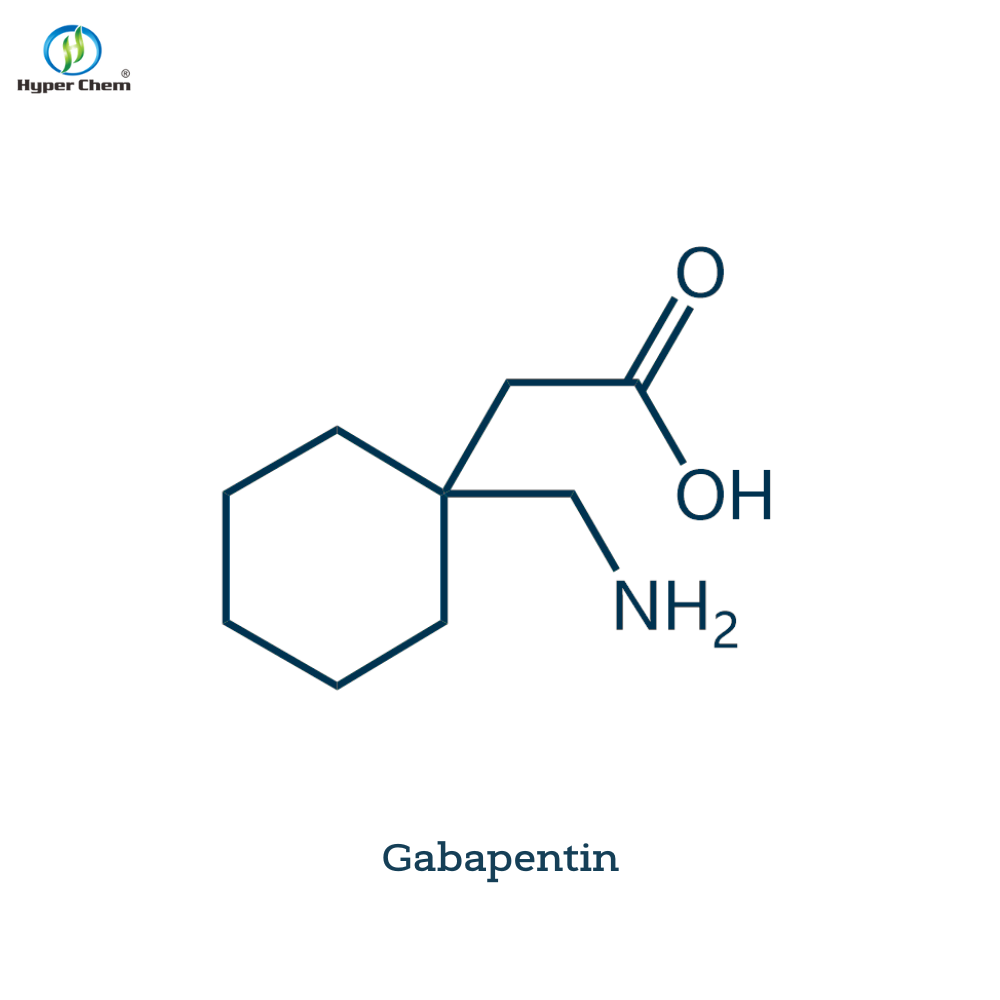JCI: allele specific RNA interference is expected to treat Charcot atrophy type 2D
-
Last Update: 2019-11-10
-
Source: Internet
-
Author: User
Search more information of high quality chemicals, good prices and reliable suppliers, visit
www.echemi.com
November 10, 2019 news / BIOON / - -- personalized treatment can be customized according to the needs of patients In rare diseases, the development of targeted therapies for some patients may be due to specific medical needs or technical limitations of existing therapies In rare cases, identifying mutations in a single patient led to the development of patient-specific gene therapy In a new study, Morelli et al Identified the pathogenic deletion of glycyl tRNA synthetase (gars) gene through extensive targeted genetic screening in atypical cases of early-onset motor neuropathy The dominant mutation of this gene is the cause of Charcot Marie Tooth disease type 2D (cmt2d) The related research results were recently published in the Journal of clinical investigation, and the title of the paper was "allele specific RNA interference prevention pathway in Charcot Marie Tooth disease type 2D mouse models" Photo from Journal of clinical investigation, 2019, DOI: 10.1172/jci130600 These authors have developed an allele specific RNA interference (RNAi) method targeting dominant four amino acid deletions In newborn animals, adeno-associated virus (AAV) vector mediated intraventricular delivery prevented neuropathy in mice with the same deletion in the gars gene However, as observed in other axonal degeneration neuropathy, RNAi treatment after neuropathy can lead to partial or no benefits, depending on the timing of the intervention A similar method targeting p278ky allele in cmt2d mouse model showed similar results This paper provides an allele specific strategy for concept validation to treat dominant mutations in cmt2d Although this method is mutation specific in nature, the authors point out that non-specific knockout of gars transcripts via the same vector and reintroduction of RNAi resistant gars gene copy are also potential therapeutic strategies From a translation point of view, the complexity of the transgenic expression box may be a challenge However, this paper clearly summarizes the difficulties in the development of personalized treatment methods for rare diseases, and highlights the arduous diagnosis process of patients with atypical ultra rare mutations (BIOON Com) reference: 1 Kathryn h Morelli et al Allele specific RNA interference precautions pathway in Charcot Marie Tooth disease type 2D mouse models Journal of clinical investigation, 2019, doi:10.1172/JCI130600 2.Giuseppe Ronzitti et al Interfering in Charcot-Marie-Tooth disease 2D Science Translational Medicine, 2019, doi:10.1126/scitranslmed.aaz3712.
This article is an English version of an article which is originally in the Chinese language on echemi.com and is provided for information purposes only.
This website makes no representation or warranty of any kind, either expressed or implied, as to the accuracy, completeness ownership or reliability of
the article or any translations thereof. If you have any concerns or complaints relating to the article, please send an email, providing a detailed
description of the concern or complaint, to
service@echemi.com. A staff member will contact you within 5 working days. Once verified, infringing content
will be removed immediately.







